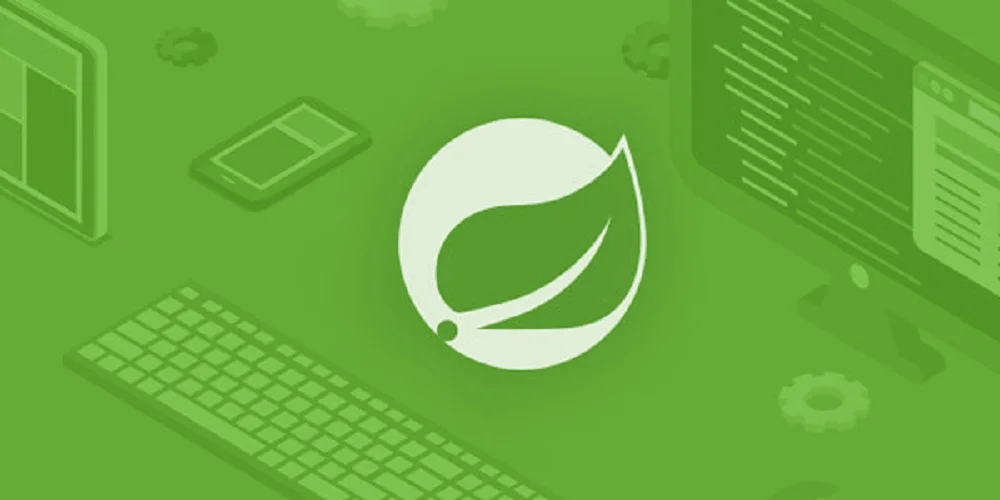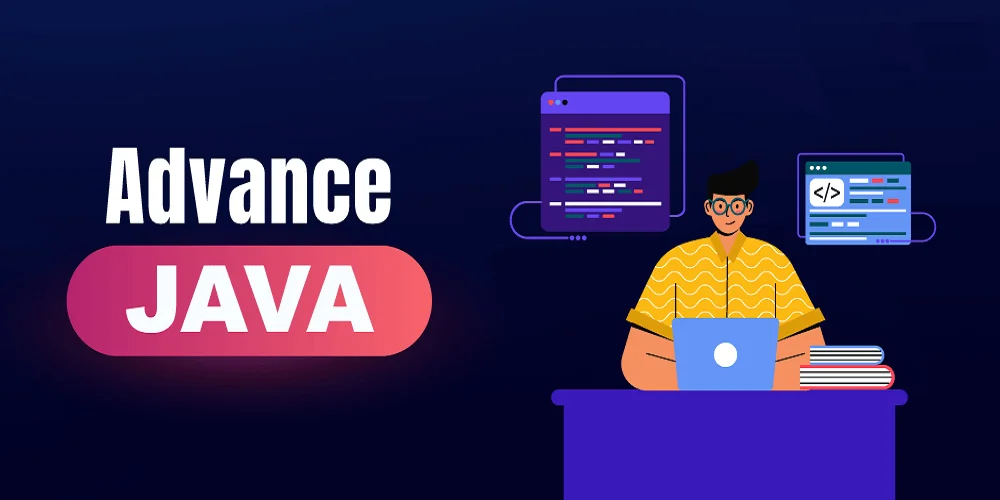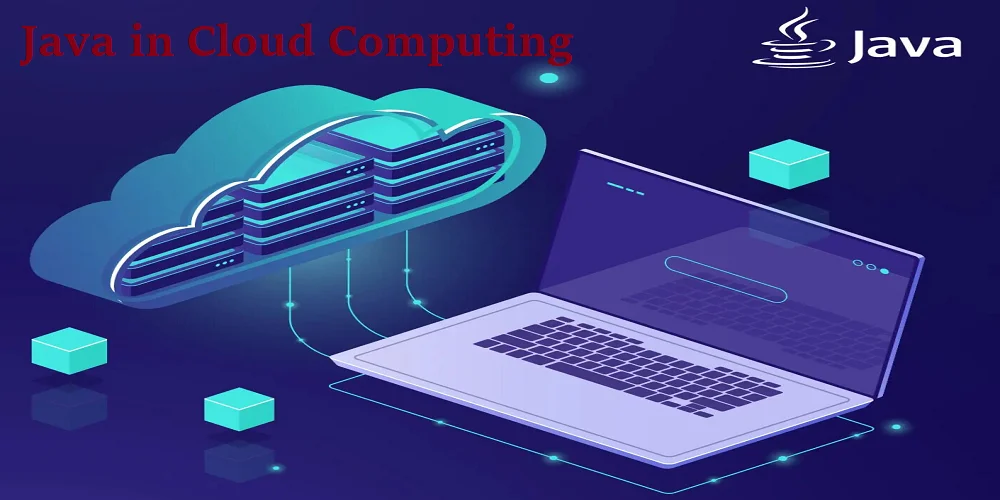INTRODUCTION – SPRING BOOT
The expansion of software has the quite an important factor in the success of firms and the convenience with which individuals may live their lives in the modern technology age. One of the businesses that is now seeing fast development is software progress. This current period has seen an upsurge in the usage of software and apps that is greater than it has ever seen before. To reiterate, we must not minimize the potential challenges that may arise while developing with it! It is possible to make use of alternatives to spring boot tools to assist you with this matter.
When we talk about software development, which is always subject to change, designers need to keep ahead of the competition. Additionally, when we talk about frameworks that are based on Java, Spring Boot has become a popular option. The need for Spring Boot Developers India is anticipated to continue to skyrocket as we go into the year 2025. This is mostly due to the versatility, productivity, and wide ecosystem that Spring Boot offers. In comparison to its competitors, it stands out because it is scalable, versatile, and simple to handle. You can get assistance with the progress procedure thanks to the abundance of tools.
A perfect collection of specialist software improvement tools that have been brought up to date with the most recent technical advancements and combinations of features. We have compiled a list of the finest tools that any professional spring boot developers in India should be looking for in the year 2025 in a blog post.
The Fundamentals of Spring Boots

The Spring Boot is essentially quite a less-weight implementation of the spring framework which could be executed as an application. It packages its personal Tomcat environment with the jar file. The convention is also given a significant amount of weight over the arrangement. In the words of those who contribute to the upkeep of the library.
1) Amazon Web Services Cloud9
Initially released in 2010, Cloud 9 was a combined progress condition that was hosted in the cloud and reinforced an extensive variety of programming languages. These languages such as C, Java, JavaScript, and many more. It was purchased by Amazon Web Services in 2016 and further improved to become an exceptional software improvement platform. After that, taking advantage of it became a paid activity.
- It makes it possible for designers to work on the same codebase simultaneously, which offers a smooth experience for real-time collaboration.
- Code completion that is performed automatically makes it simple for designers to create codes that are both well-organized and effective. The Cloud 9 integrated development environment (IDE) ties auto-complete for many programming languages.
- Integral debugging: This is equipped with an integrated debugger which makes it simple to locate and fix code mistakes.
- Microsoft Windows, Apple Mac also Linux are all supported by the Cloud 9). As a result of this, engineers can effortlessly take on jobs from any place.
2) Mockito
This is a robust mocking system that functions in tandem using JUnit to get the desired results. The creation of fake objects, that are replicated copies of dependencies that are needed by the code that is being tested, is made possible for developers by this. Mockito allows developers to separate and test discrete pieces of code eliminating requiring complicated setups or dependencies. This helps developers save time and money.
The Mockito software is supplied in the form of a single JAR file, which must be accessible via the classpath for tests to be executed. Generally speaking, this is given by a create tool that has been correctly set up, such as Ant or Maven. Programmers can concentrate only on the actions and reasoning of the unit which are tested when they mimic other components. This allows for expansion which is both quite effective and more rapid.
3) GitHub Copilot
Improves the velocity of code by providing intelligent suggestions. This is GitHub. The area of code and expansion of software has been completely fundamentally altered consequently of the revolutionary and ground-breaking tool known as Copilot. A sophisticated compilation tool which is powered by AI, Copilot is made to aid developers in producing code in a manner that is both more effective and correct.
- It can provide code suggestions upon receiving a remark from you that describes the logic that you want to apply.
- It can assess the context of the project and coding style to provide tailored code suggestions.
- You can accept, reject, and alter the codes which are proposed to you by Copilot.
- It has been trained on the massive quantity of open-source coding and public repositories on GitHub.
4) Docker
Within the realm of Internet development, the procedure of distributing apps may be both complicated and time-consuming. Docker, which is an open source software development platform, makes this process easier to do by providing you with the ability to bundle your application along with its requirements into containers. Once these containers have been deployed, they may be distributed uniformly across a variety of settings, which will make the deployment process more streamlined and effective. If you can learn Docker, you will be able to guarantee that your apps function smoothly across a variety of platforms and avoid the dreaded “it works on my machine” issue.
Docker is a comprehensive platform that allows for the creation, execution, and management of containers. Not only does Artifactory facilitate the promotion of Docker pictures from one Docker source in Artifactory to another, but it also contains several tools that are designed to handle particular requirements associated with containers.
Docker is a widely used solution for the proliferation of containers, enabling programmers to bundle their Spring Boot programs and their associated resources into transportable containers. This guarantees uniformity across various settings and streamlines the process of implementation. Docker enables developers to effortlessly create and dismantle containers, resulting in a perfect option for testing and production settings.
5) OAuth 2.0
Recognizing OAuth authentication is crucial if you aim to safeguard consumer data and maintain privacy. OAuth, also known as Open Authorization, is a standardized protocol that enables a user or business to authorize limited use of resources without the need to provide personal credentials like usernames and passwords. Regardless matter whether you are developing a web application, a mobile app, or a microservice, acquiring knowledge and integrating Spring Security with OAuth 2 will surely improve the security and accessibility of your apps.
Bottom Line
To summarize, to excel as a Spring Boot developer in 2025, it is crucial to acquire the necessary technologies that enable you to construct resilient and high-performing apps. There is a need for improvement in the development process for Spring Boot. The optimum server environment will be determined by the particular requirements of your project, and it is up to you to choose which server framework to implement since it is your responsibility.
Expand your knowledge on Kafka migration to Spring Boot 3.X by checking out this blog: Tutorial : Kafka migration to Spring Boot



